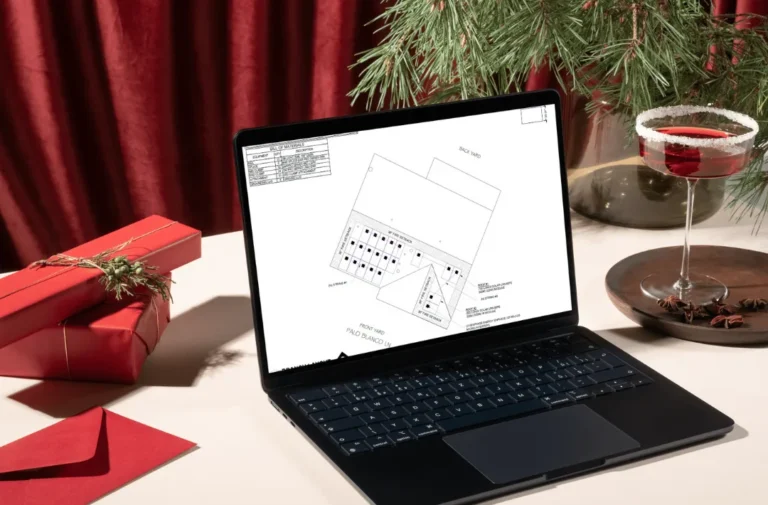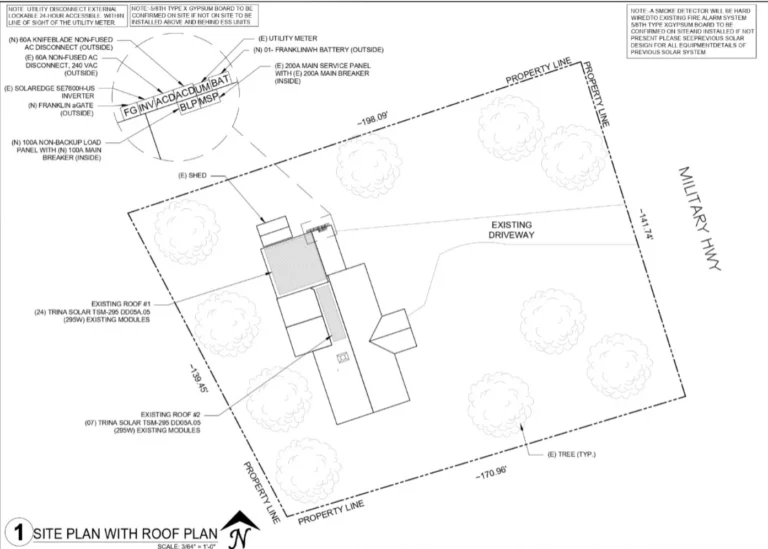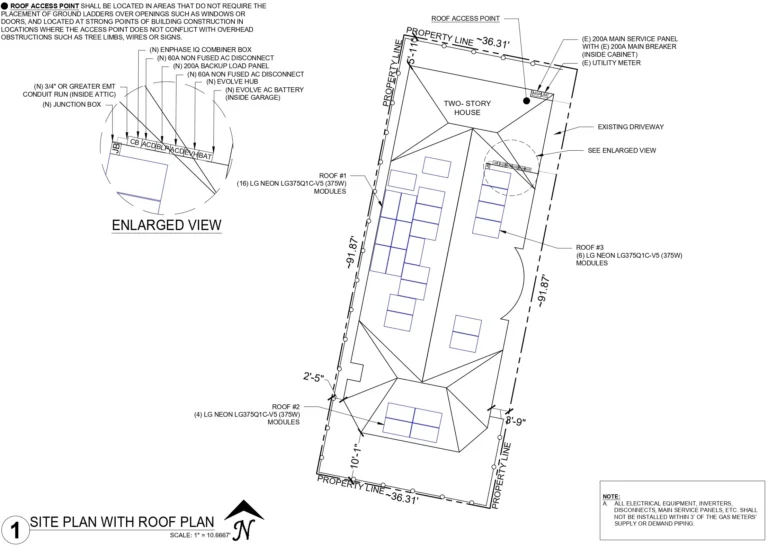Residential Solar
From site plans to electrical diagrams, our expert team ensures quick turnaround and hassle-free permitting for your rooftop solar projects.
Residential Solar Permit Services
Delivering superior, permit-ready solar designs made especially for residential rooftop systems is our area of expertise at Ramsun Solar Design. Our designs are created to guarantee code compliance, safety, efficiency, and quick permit approvals whether you’re working on a pitched or flat roof. We assist residential solar installers in cutting down on delays and confidently completing projects thanks to our extensive understanding of local AHJ (Authority Having Jurisdiction) regulations and NEC (National Electrical Code) standards.
Our team saves you time, money, and trouble by producing Solar permits sets that pass the first time using a combination of technical know-how, precise design tools, and a deep comprehension of laws.
Here is a thorough breakdown of the services that are included by our residential solar permit design:

✅ Rooftop Solar System Configuration (Flat/Pitch Roofs)
Every design is unique, just like every roof. We design intricate, scaled layouts that take into consideration the direction of your structure, the type of roof, the available space, and the objectives of your clients, regardless of whether the rooftop is flat or pitched. Accurate panel placement, azimuth angles, tilt calculations, and spacing are all part of these plans, which guarantee maximum energy output while preserving structural integrity and visual attractiveness.
To make sure your design passes inspection the first time, we also take into account fire access routes, setback regulations, and other AHJ-specific specifications.
✅ SLD, or single line diagram
You must include a Single Line Diagram (SLD) in your permit package. It shows the flow of electricity from the solar panels to the inverter, combiner box, disconnect switches, main service panel, and utility connection, giving a clear, simplified picture of the full electrical system.
Because of their precision and clarity, our SLDs make it simple for utility reviewers, installation crews, and inspectors to comprehend and confirm the electrical configuration of the system. Every diagram has all required labels, ratings, and specifications and is created in compliance with NEC standards.
✅ Analysis of Shade and Solar Access
We use industry-leading design technologies like Aurora sun or Helioscope to undertake thorough sun access and shade analysis in order to guarantee optimal system performance. This analysis determines any shading barriers from buildings, chimneys, trees, or roof features while assessing the amount of sunshine received throughout the year.
To enable precise estimations of energy generation, we offer thorough solar access reports and TSRF (Total Solar Resource Fraction) statistics. In addition to providing you, the installer, with a strong basis for system sizing and customer ROI conversations, this enables homeowners to make well-informed decisions.
✅ Drawing sets that are permit-ready
Complete, expert drawing sets that precisely match the specifications of your project site are among our deliverables. Usually, these consist of:
- Site plan displaying the footprint of the house and the location of the PV array
- Roof Plan including setbacks, roof obstacles, and panel layout
- Conduit runs, wire sizes, and grounding techniques are included in the electrical plan.
- Structural Details displaying load calculations, racking systems, and attachment points
- Equipment details for disconnects, modules, and inverters
Whether you’re dealing with a municipal, county, or state-level AHJ, all of the drawings are prepared and arranged to make your permit application process go more smoothly.
✅ Designs Compliant with NEC Code
There is no compromise on safety at Ramsun. We guarantee that each design complies with the most recent National Electrical Code (NEC), which includes specifications for:
- Proper conductor sizing according to load and voltage drop
- appropriate fuse rates and overcurrent protection
- dependable techniques for connecting and grounding
- Enough space to operate around electrical equipment
- Inverter limitations and string sizing according to module specifications
Our objective is to minimize red flags found during inspections so that your projects can continue without expensive rework.




